

James Wong
2025 Mazda CX-5 G25 Touring AWD review
5 Days Ago

Contributor
Meet the new Nissan Qashqai.
Launched in Europe overnight, the 2021 Nissan Qashqai will replace the eight-year old car on sale in Australia when it touches down, likely during 2022.
It’s not yet clear what will be under the bonnet when the Qashqai touches down.
Although Europe will get a 1.3-litre turbocharged petrol engine, CarExpert understands the Australian car could be powered by a similar engine to the naturally-aspirated 2.0-litre four-cylinder powering the current model as standard.
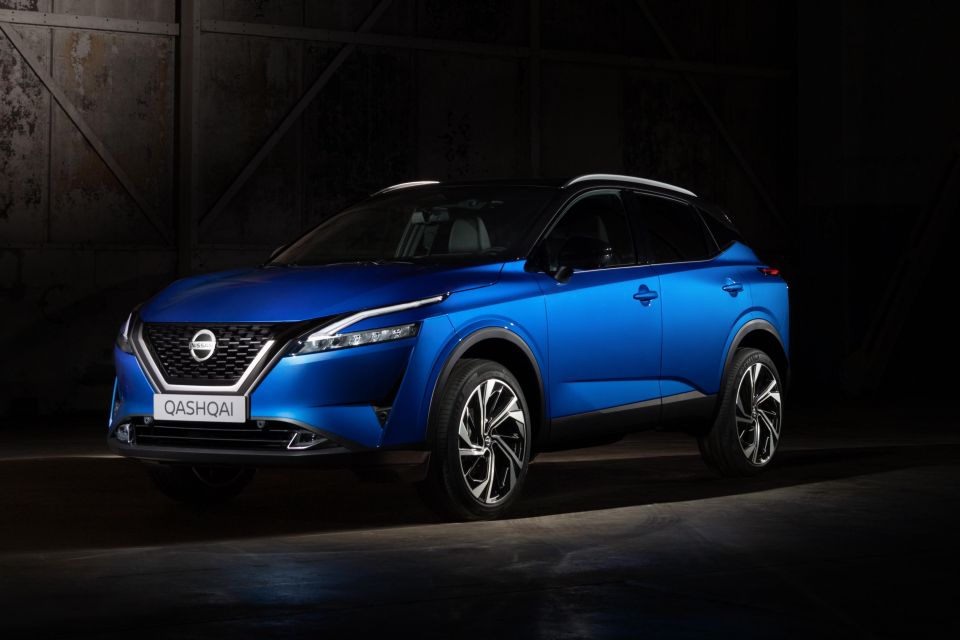
An e-Power hybrid – where a small petrol engine is used as a generator feeding an electric motor and compact battery pack – is also likely Down Under.
Nissan Australia has expressed a desire to roll out e-Power technology locally, and Toyota’s strong hybrid sales prove there is demand.
The current model is a top-three seller for Nissan Australia and a stalwart in the competitive world of compact crossovers, making it a logical place for ePower to feature.
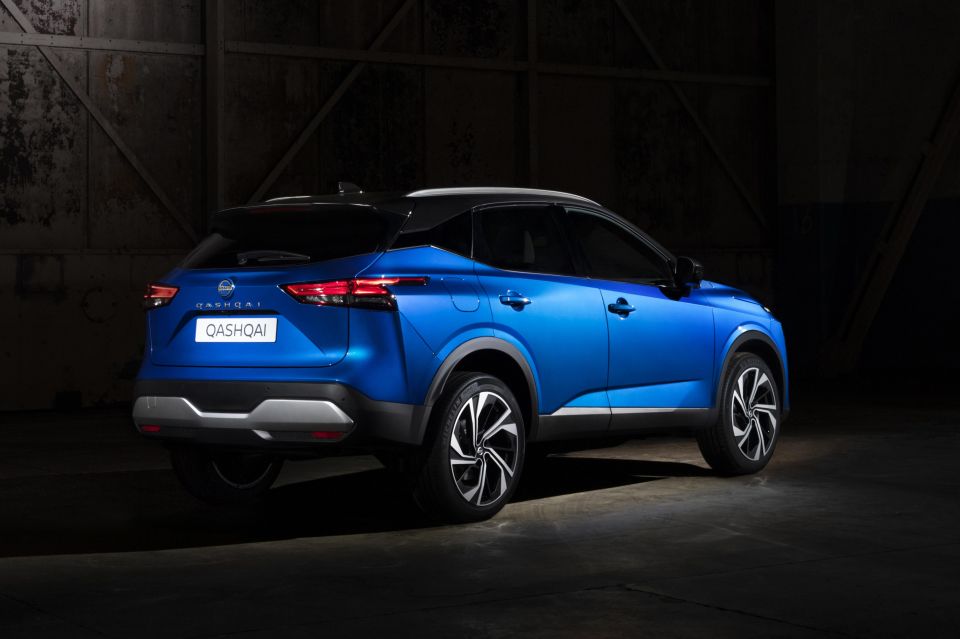
In the Qashqai, the ePower system combines a 114kW petrol engine with a 140kW electric motor.
Unlike in most hybrids, the petrol engine isn’t ever used to drive the wheels. Instead, it only ever charges the battery pack or feeds the electric motor directly.
Nissan says driving the ePower Qashqai is more like driving an electric car than a petrol one, with regenerative braking from the electric motor allowing for one-pedal driving.
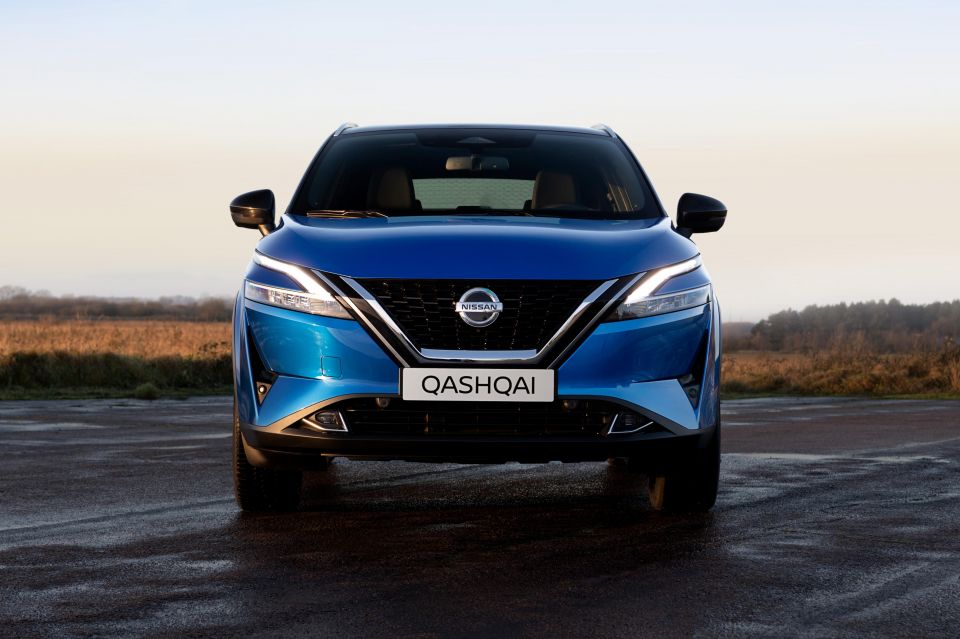
Externally, the Qashqai has grown significantly compared to its predecessor.
It rides on a 20mm longer wheelbase than before, and has a 35mm longer body. It’s also 25mm taller and 32mm wider, for a tougher look and more interior space.
Under the skin is the Nissan CMF-C platform, which the company claims is 60kg lighter than before and 41 per cent stiffer.
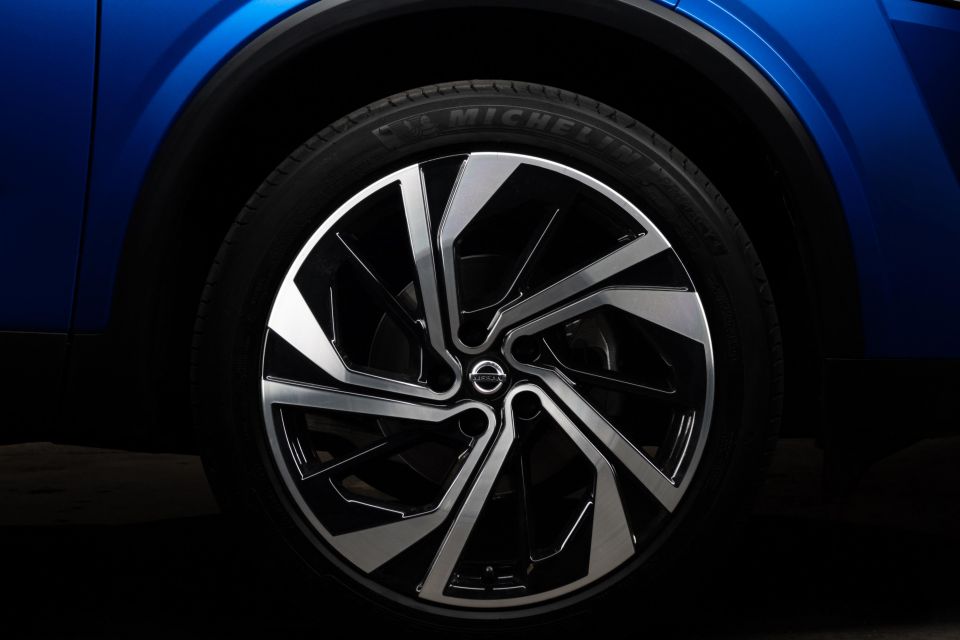
Front-wheel drive models will have a torsion beam rear suspension and wheels up to 19 inches in diameter, all-wheel drive cars will have a multi-link setup and wheels up to 20 inches.
Inside, the Qashqai follows in the footsteps of the larger X-Trail in offering a much higher-tech cabin than before.
There’s a 9.0-inch central infotainment touchscreen on the dash and a 12.3-inch digital instrument binnacle in front of the driver, backed by a 10.8-inch head-up display.
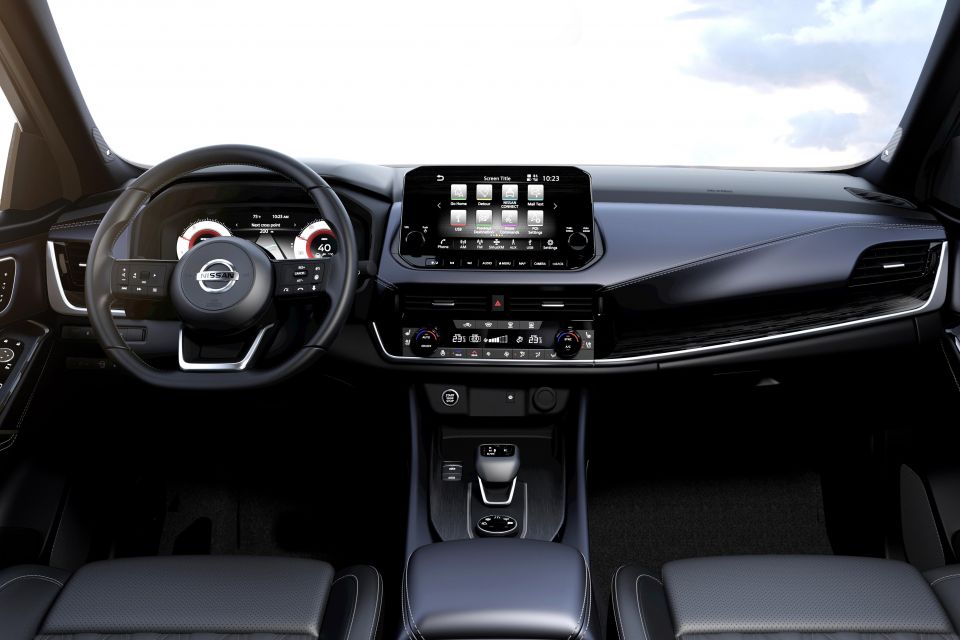
Qashqai staples such as the dual-level boot floor live on, and rear seat space has grown. Knee room is up by 28mm, and headroom is up 15mm.
Boot space is up by 50L compared to the current model, jumping to to 480L with the rear seats in place.
Nissan says the rear doors open to 90 degrees, making it easier to load a child or child seat, and a power tailgate will be available.
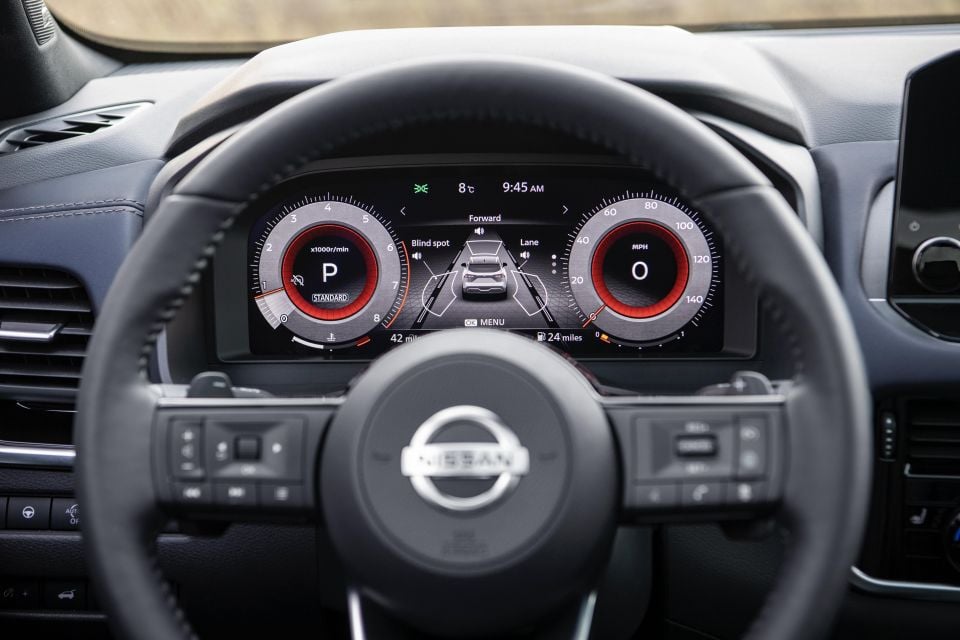
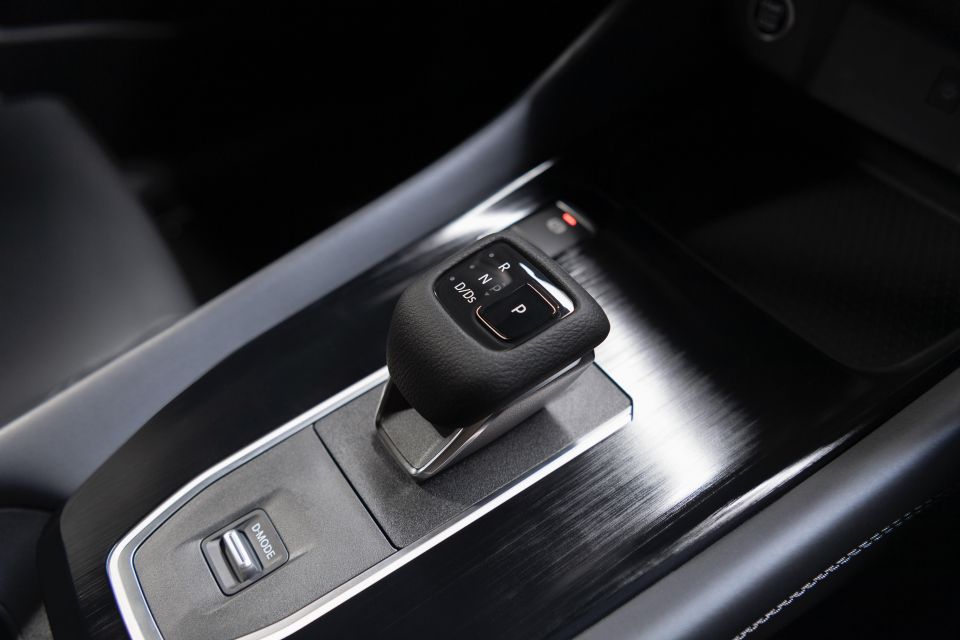
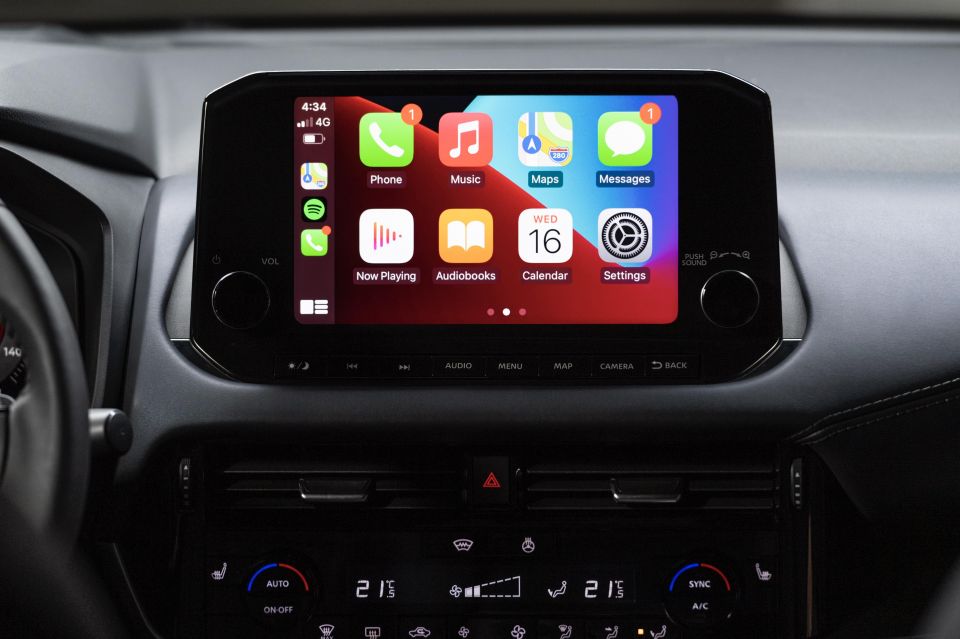


Like the new X-Trail, the Qashqai will be offered with a full range of Nissan’s ProPilot driver assists.
Autonomous emergency braking, lane-keeping assist, adaptive cruise, rear cross-traffic assist, and blind-spot assist all feature, and Nissan says the adaptive cruise control system can adjust its speed based on speed signs or navigation data.
Where expert car reviews meet expert car buying – CarExpert gives you trusted advice, personalised service and real savings on your next new car.
Scott Collie is an automotive journalist based in Melbourne, Australia. Scott studied journalism at RMIT University and, after a lifelong obsession with everything automotive, started covering the car industry shortly afterwards. He has a passion for travel, and is an avid Melbourne Demons supporter.


James Wong
5 Days Ago


Max Davies
4 Days Ago


Josh Nevett
3 Days Ago


Josh Nevett
2 Days Ago


Paul Maric
1 Day Ago


Damion Smy
16 Hours Ago